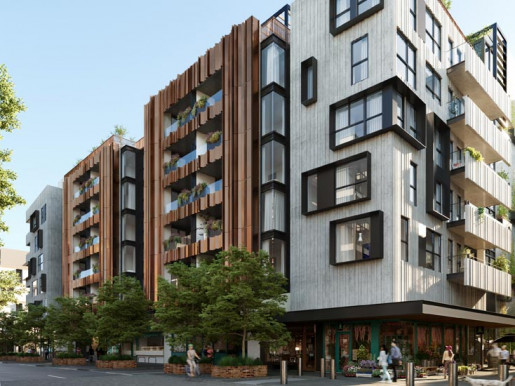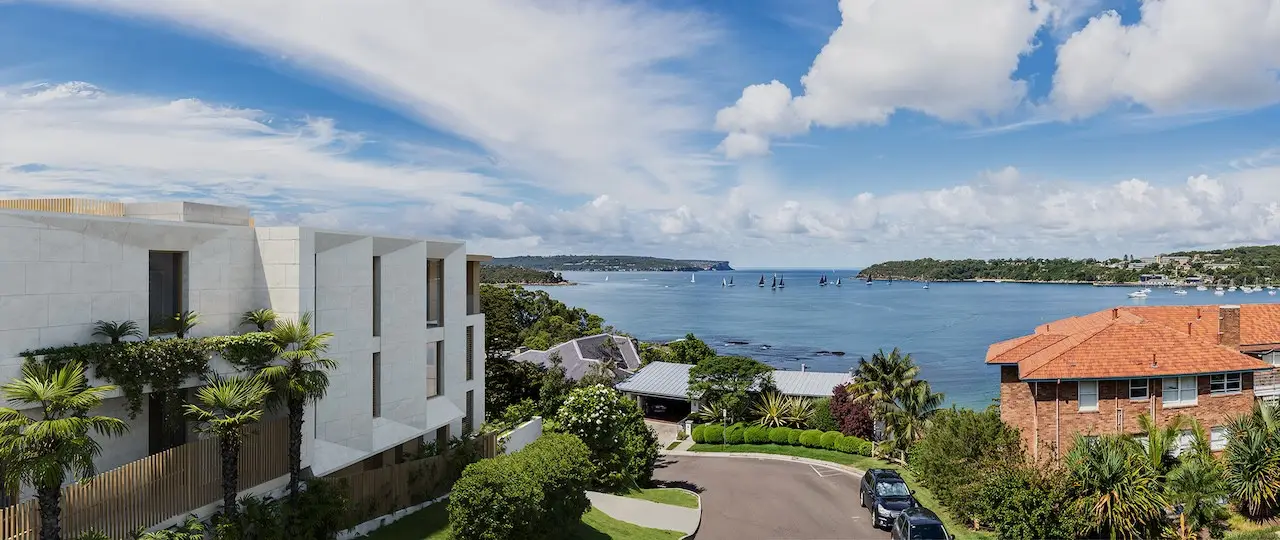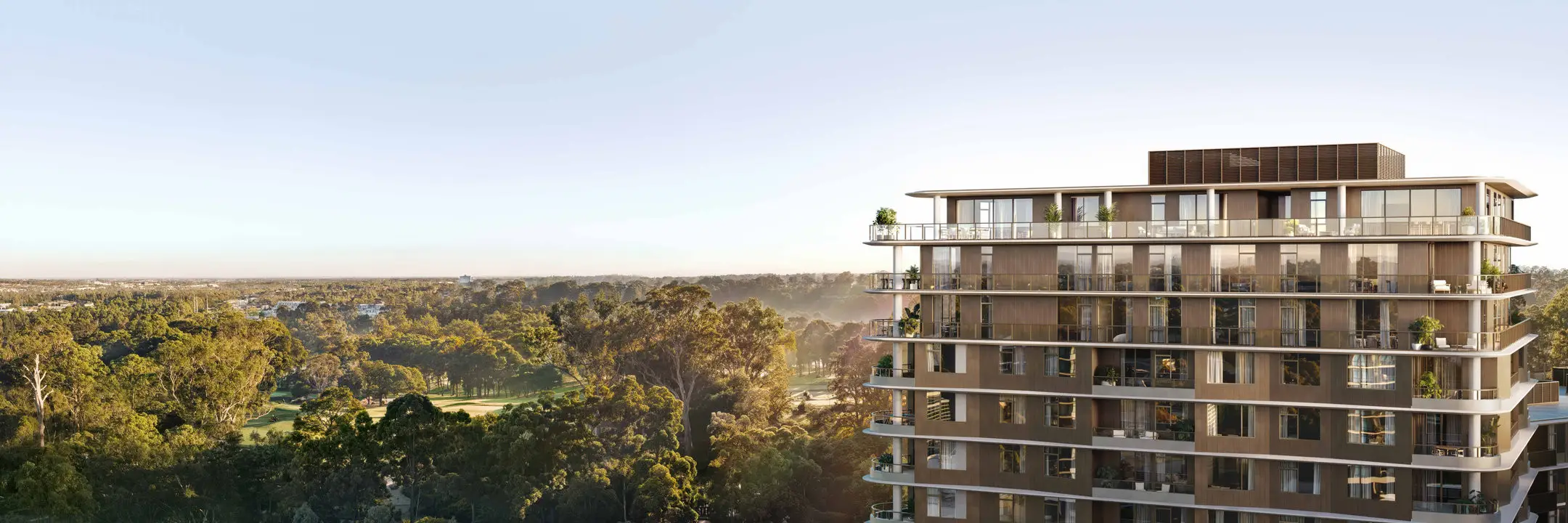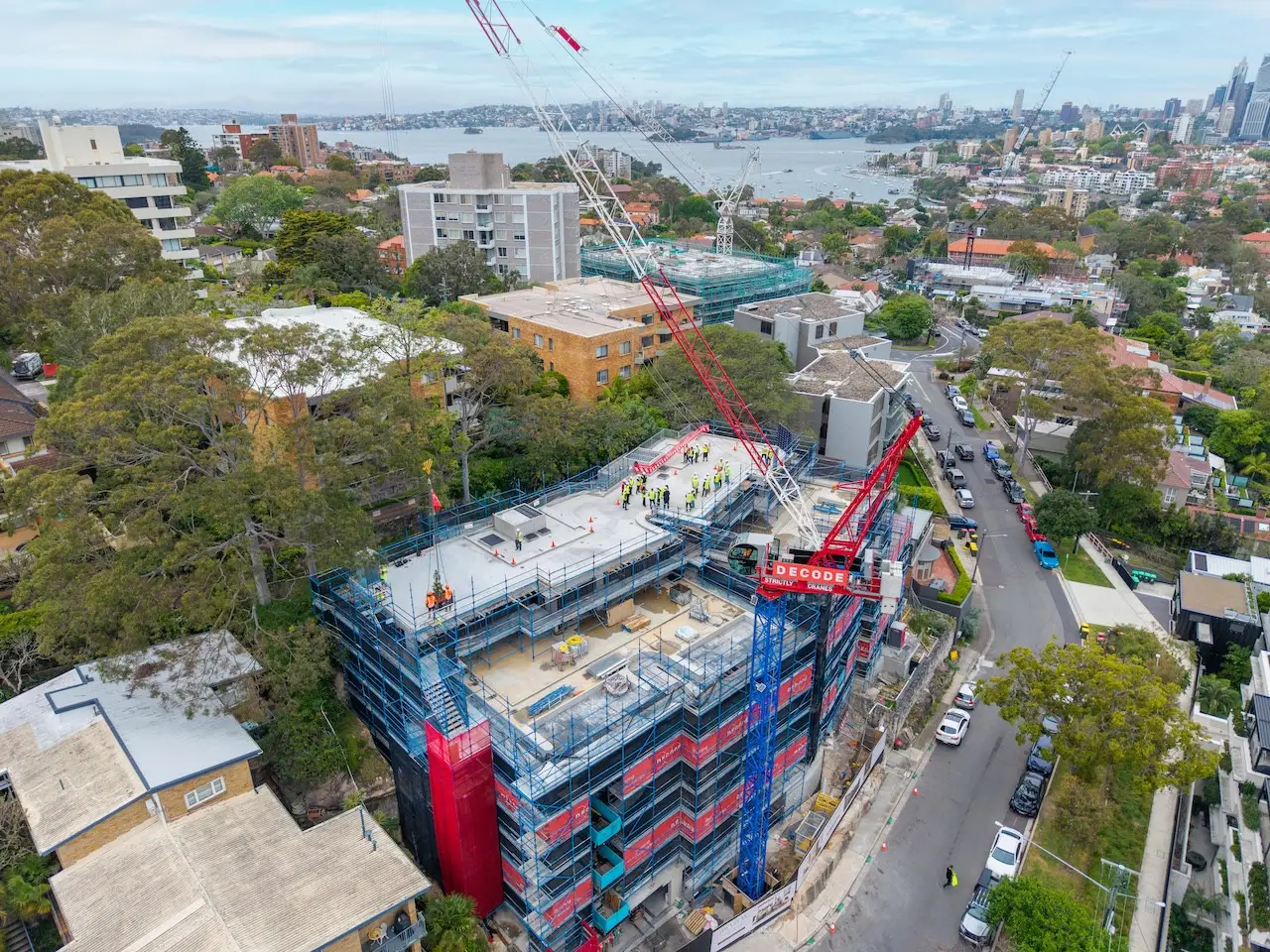
Chris Harris, Principal of Ethos Urban, has recently forecasted that despite the recent increase in regional migration, the majority of Australia’s population is destined to become more urbanised than it is today. He reasons this is due to three key factors; that Australia’s greenfield land supply is finite; low-density environments require higher infrastructure costs; and despite people becoming part of a more virtual world, people still need access to amenities, services and social and family networks.
Over the coming decades, higher-density living environments are expected to evolve across the nation. For residential settings, this means more apartments and townhomes.
Moving towards higher-density environments has key benefits, particularly in transport, infrastructure costs and maintenance, sustainability, and enhanced accessibility to necessary facilities and services as the population is more concentrated.
Across the nation, state and local governments are investing more into improving infrastructure within higher density areas. These include SA Government’s $5 million investment towards greening projects, Brisbane City Council’s Toowong to West End bridge for improved accessibility, and the Fitzroy Gasworks urban renewal project, which will reimagine the area as a sustainable urban village. Throughout capital cities, we’re also witnessing an increase in demand for off-the-plan apartments and townhomes - particularly in Sydney, where demand is currently at a four-year high - demonstrating an upward trend in higher-density urban living.
For owner-occupier families looking to purchase in a more urban setting, Chris recommends prioritising developments that offer communal residents’ amenities, including rooftop gardens, veggie patches and multipurpose areas.



